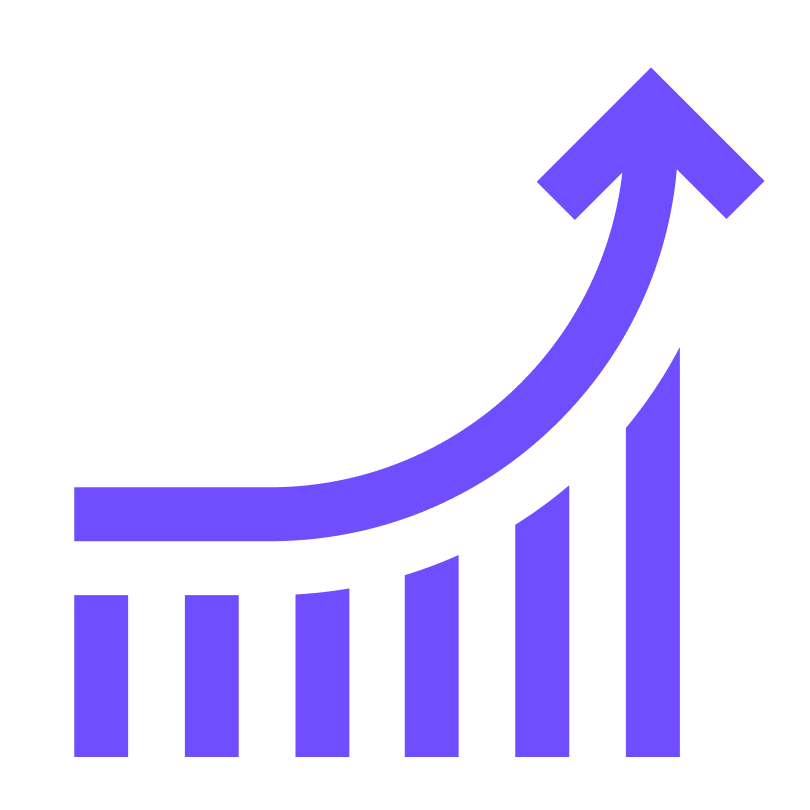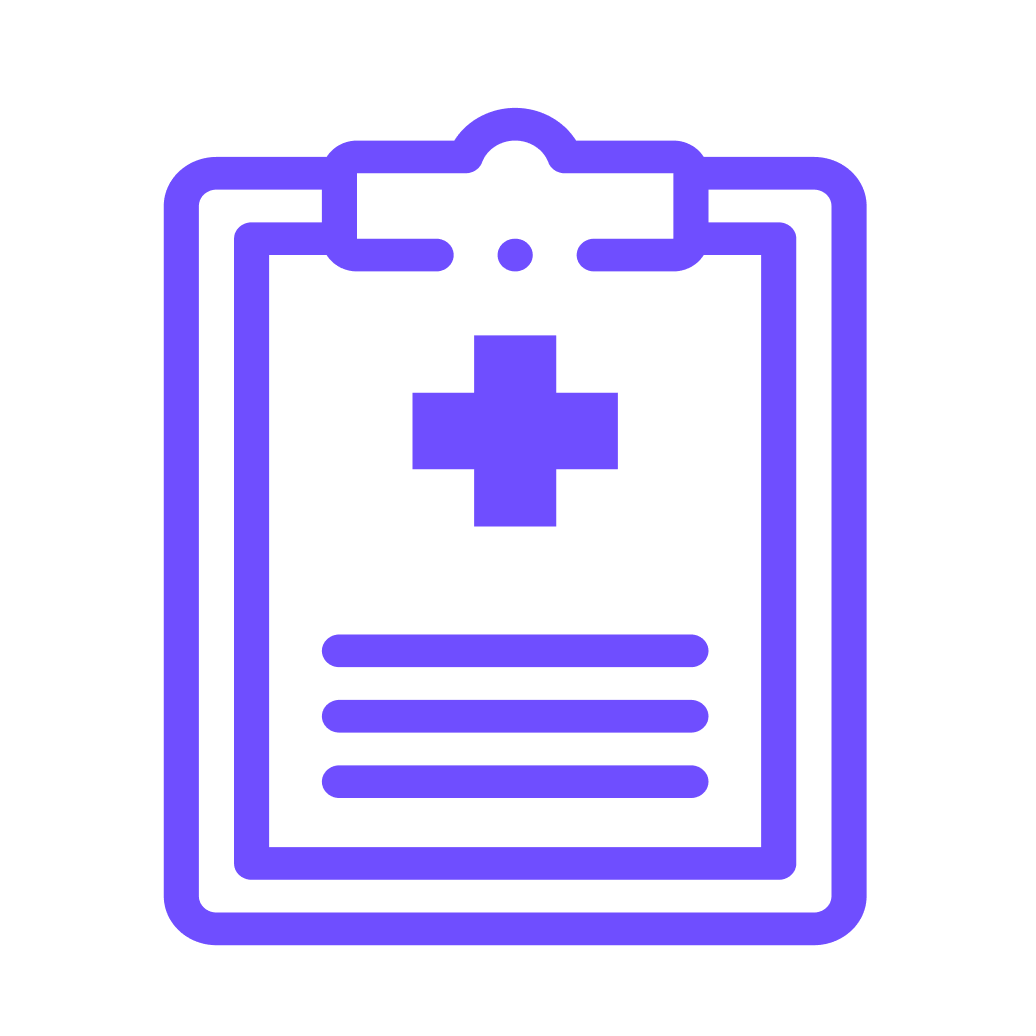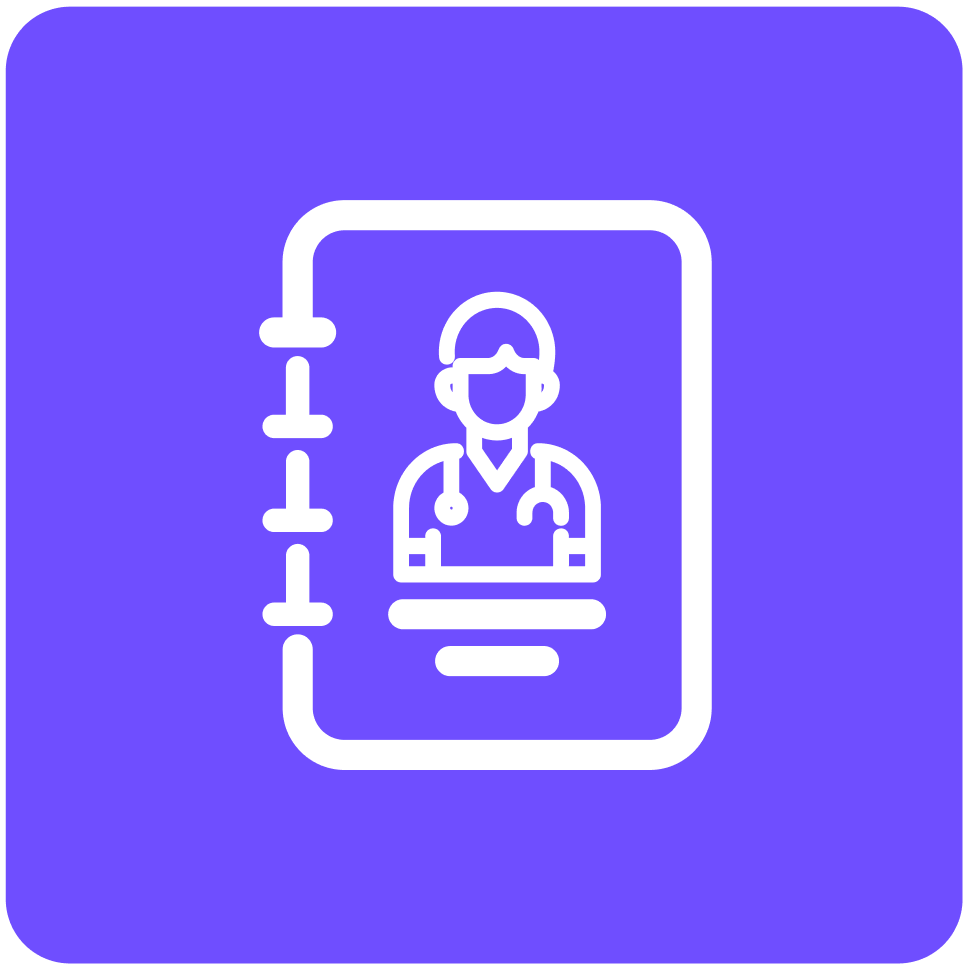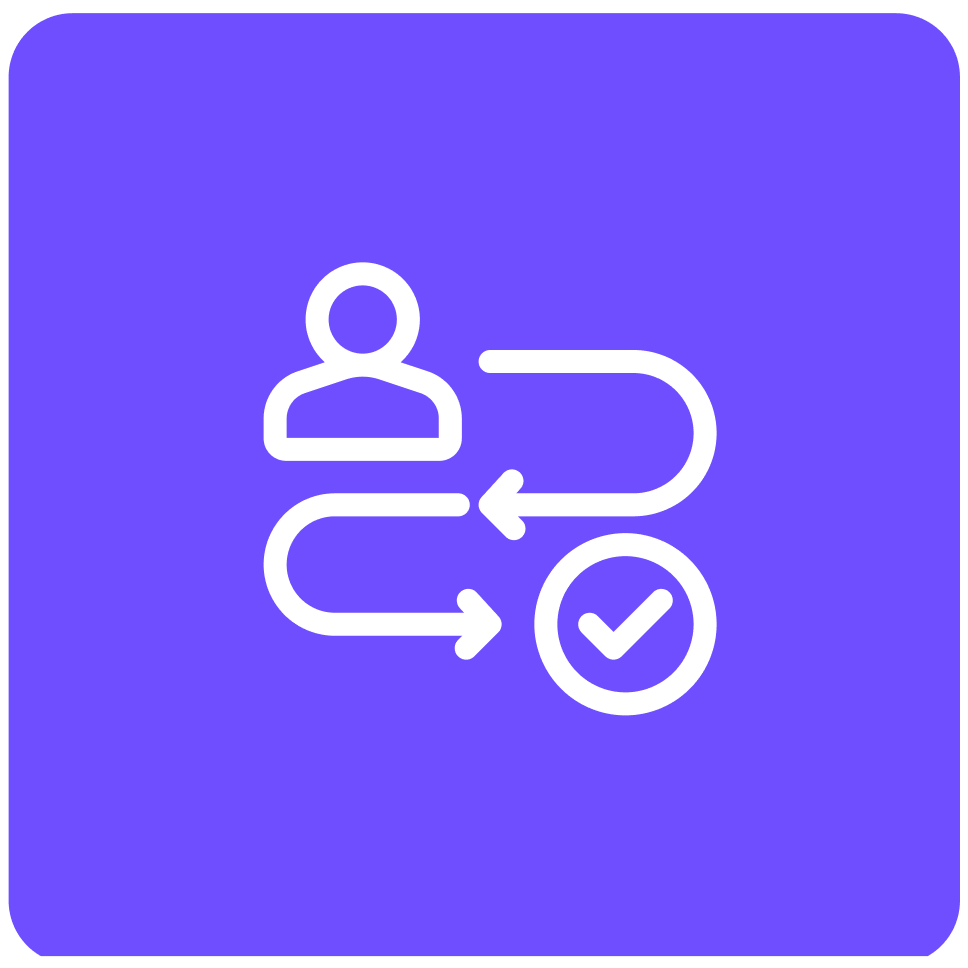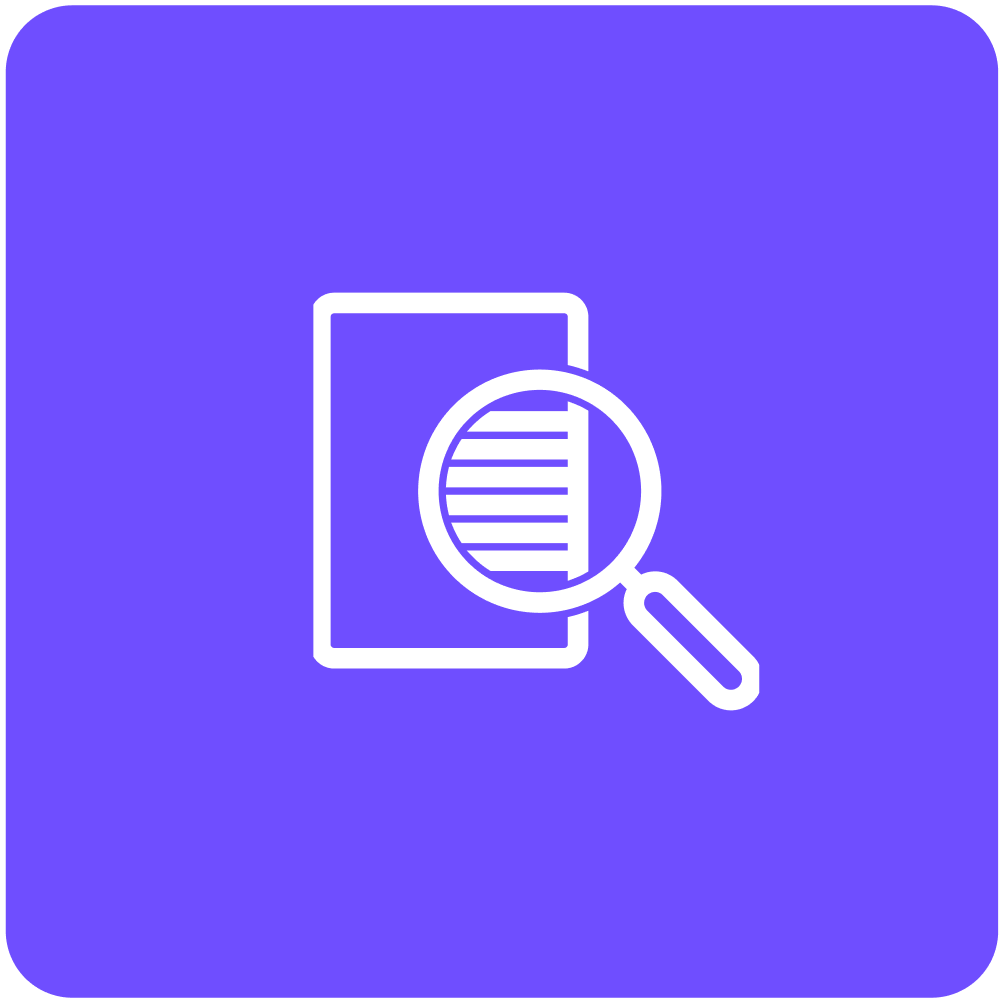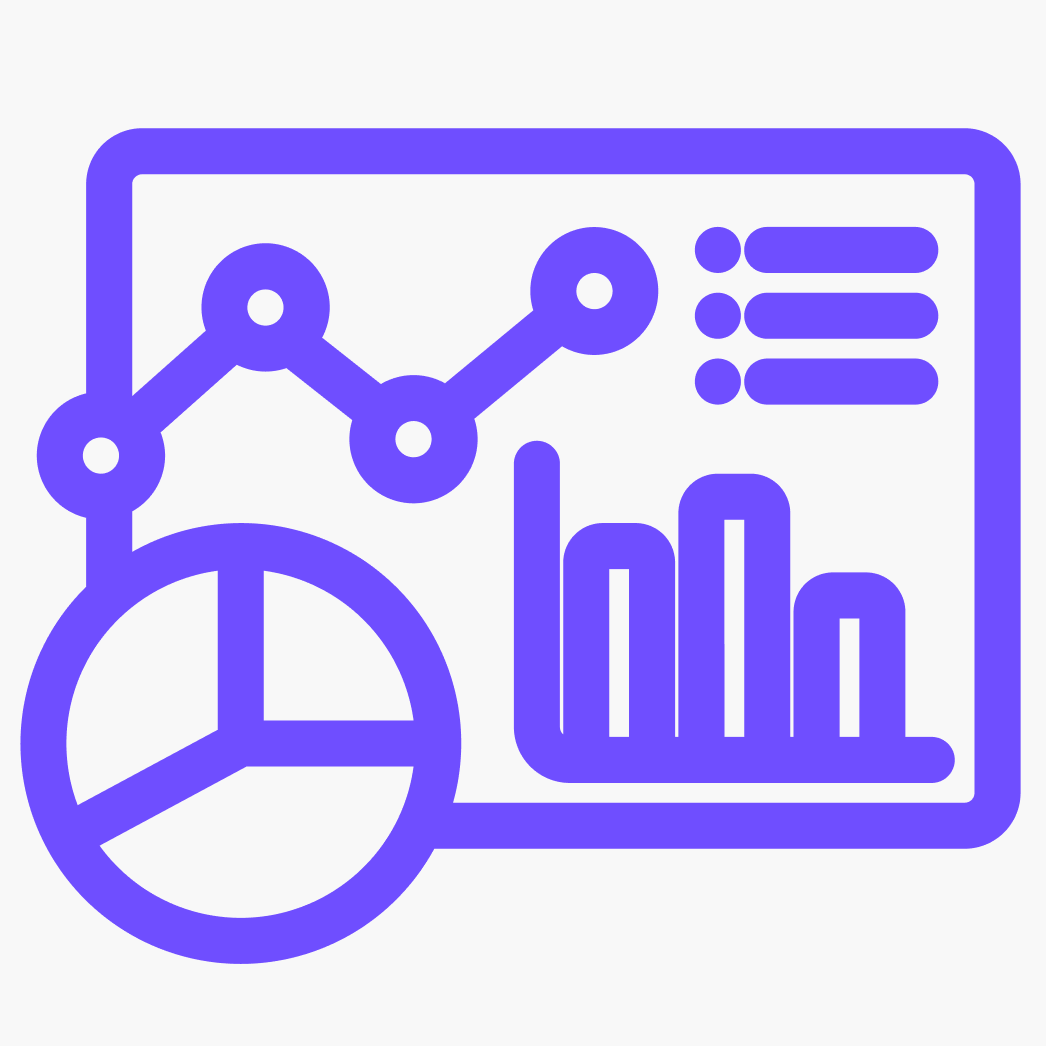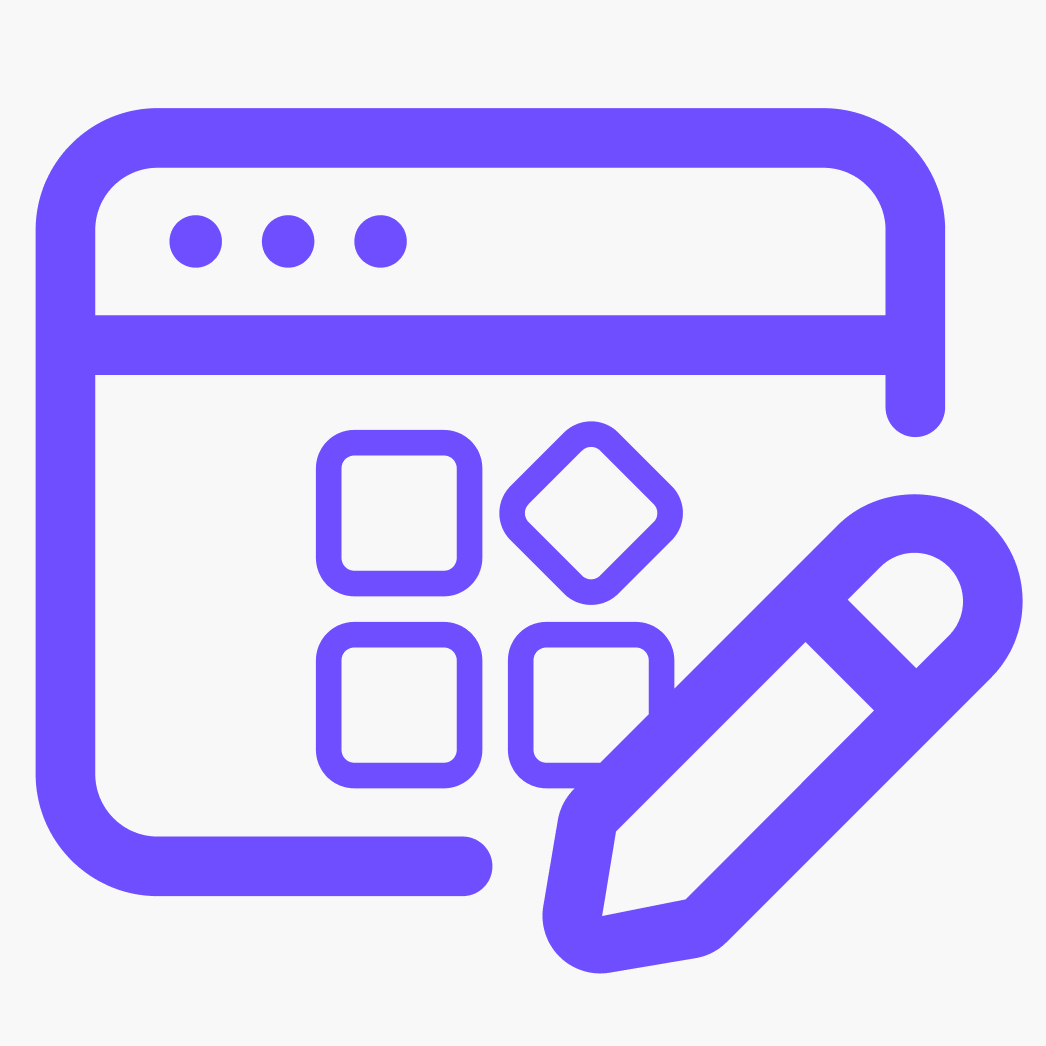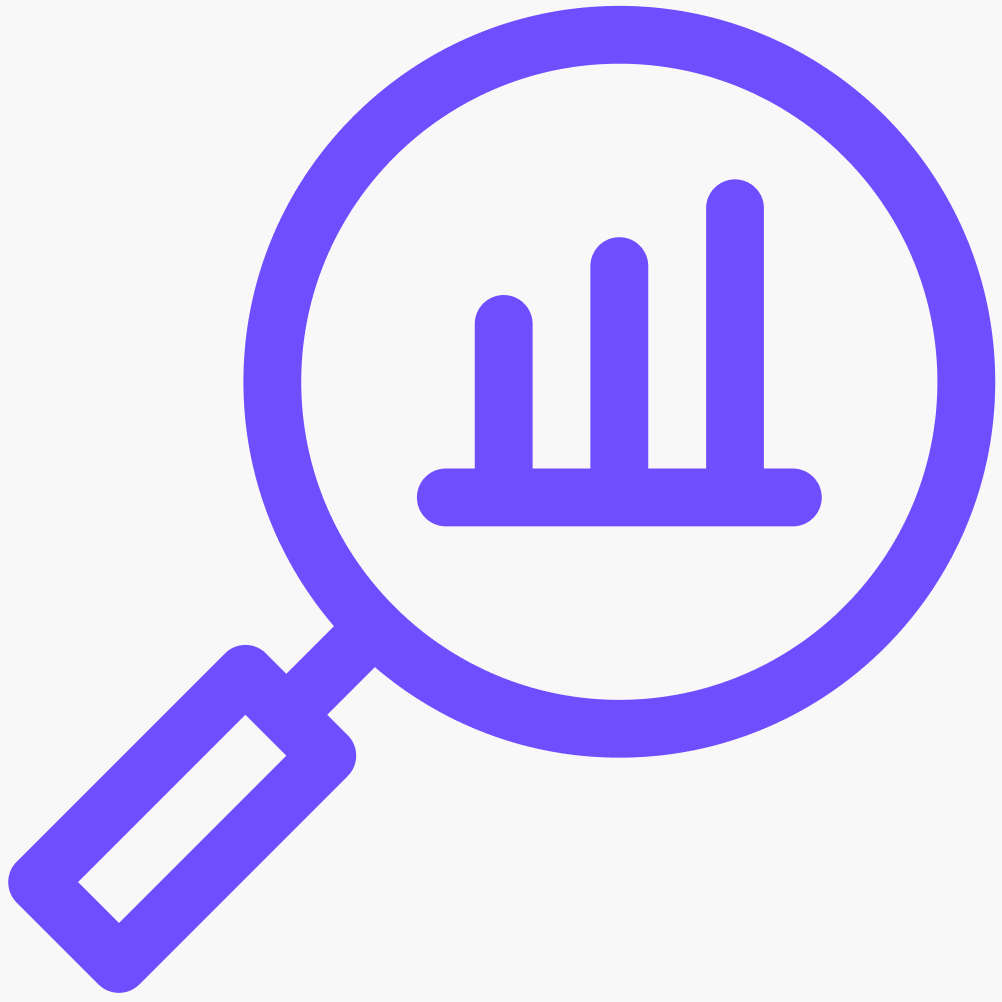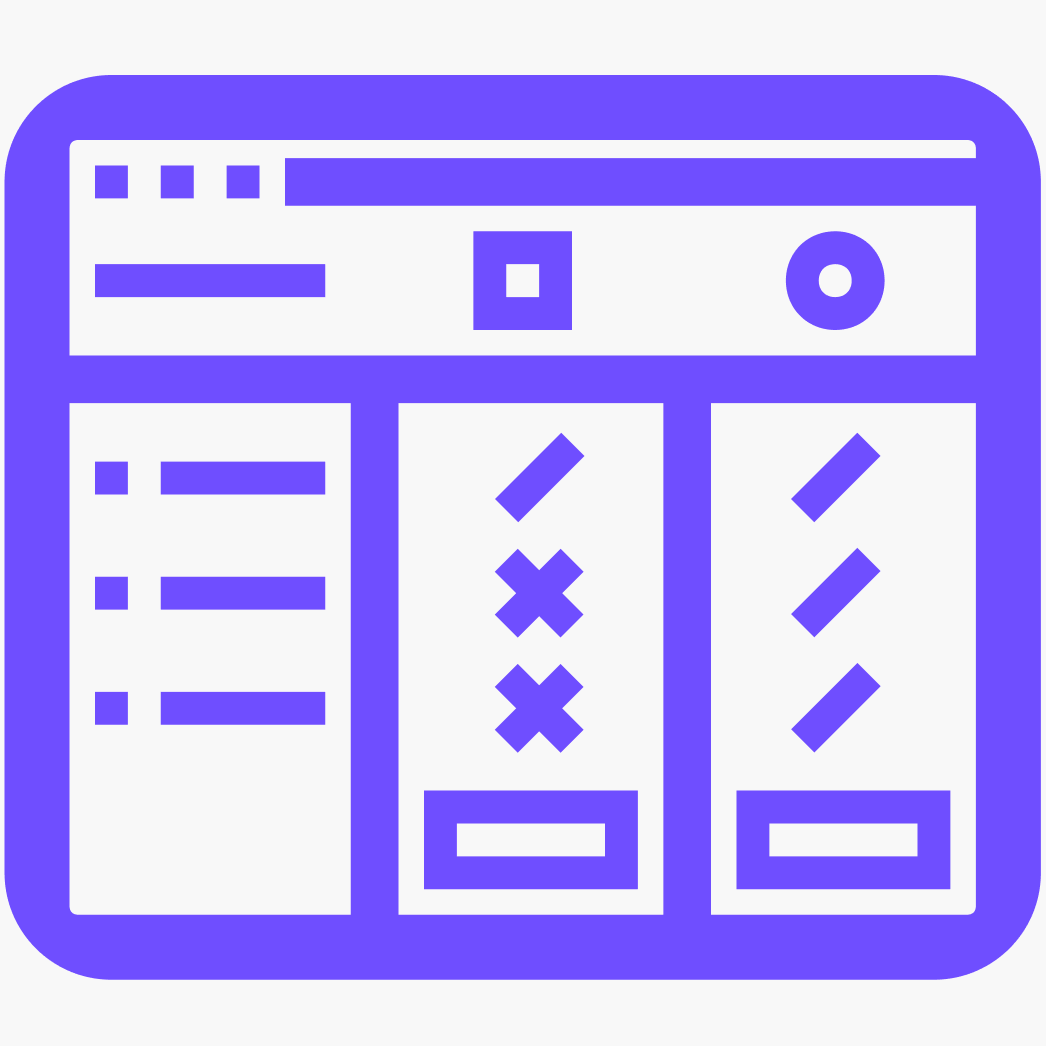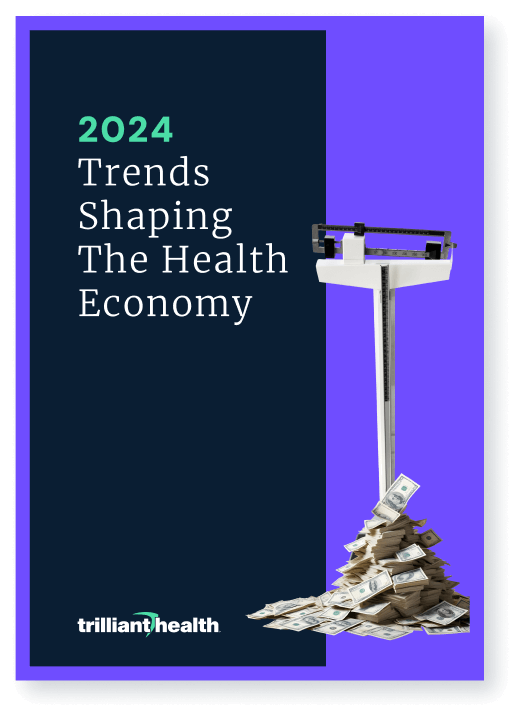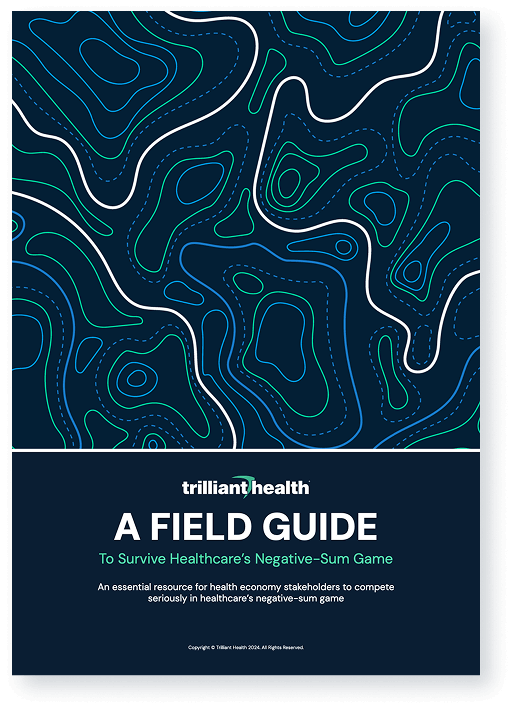Deliveringevidence-based strategy for healthcare™
Our solutions blend analytics, research and strategic expertise to enable health economy stakeholders to compete more effectively.
Our Products
Access details on 2.9 million individual providers (and even more facilities) to see practice patterns, referrals and more.
Maximize your market share with in-depth insights into your current standing and untapped opportunities.
Optimize network performance by understanding referral patterns and patient journeys.
Benchmark your negotiated rates for any service in any market.
Utilize algorithm-based projections of future demand for healthcare services at the local level to capitalize on the most compelling growth opportunities.
Leverage exclusive, comprehensive research to stay ahead in the highly competitive healthcare landscape.
Insights
Subscribe to free weekly studies from our Chief Research Officer, Sanjula Jain, Ph.D.
Explore health economy trends with thorough analysis and data-driven insights
Receive monthly insights and health economy commentary from our CEO, Hal Andrews
Discover evidence-based strategies and tactics to thrive in the complex healthcare landscape
Identify benchmarks for success based on similar markets and health systems
We equip you with analytics, research and strategic expertise to win in healthcare's negative-sum game.
Healthcare is changing.
Our solutions equip health economy stakeholders with evidence-based insights.
Providers use our solutions to analyze how physicians and patients make decisions — and form strategies to adapt and thrive.
Payers leverage our insights to understand healthcare spending and outcomes, enabling more effective network strategies.
Life sciences firms access our insights to understand market trends and patient preferences — driving innovation and product success.
